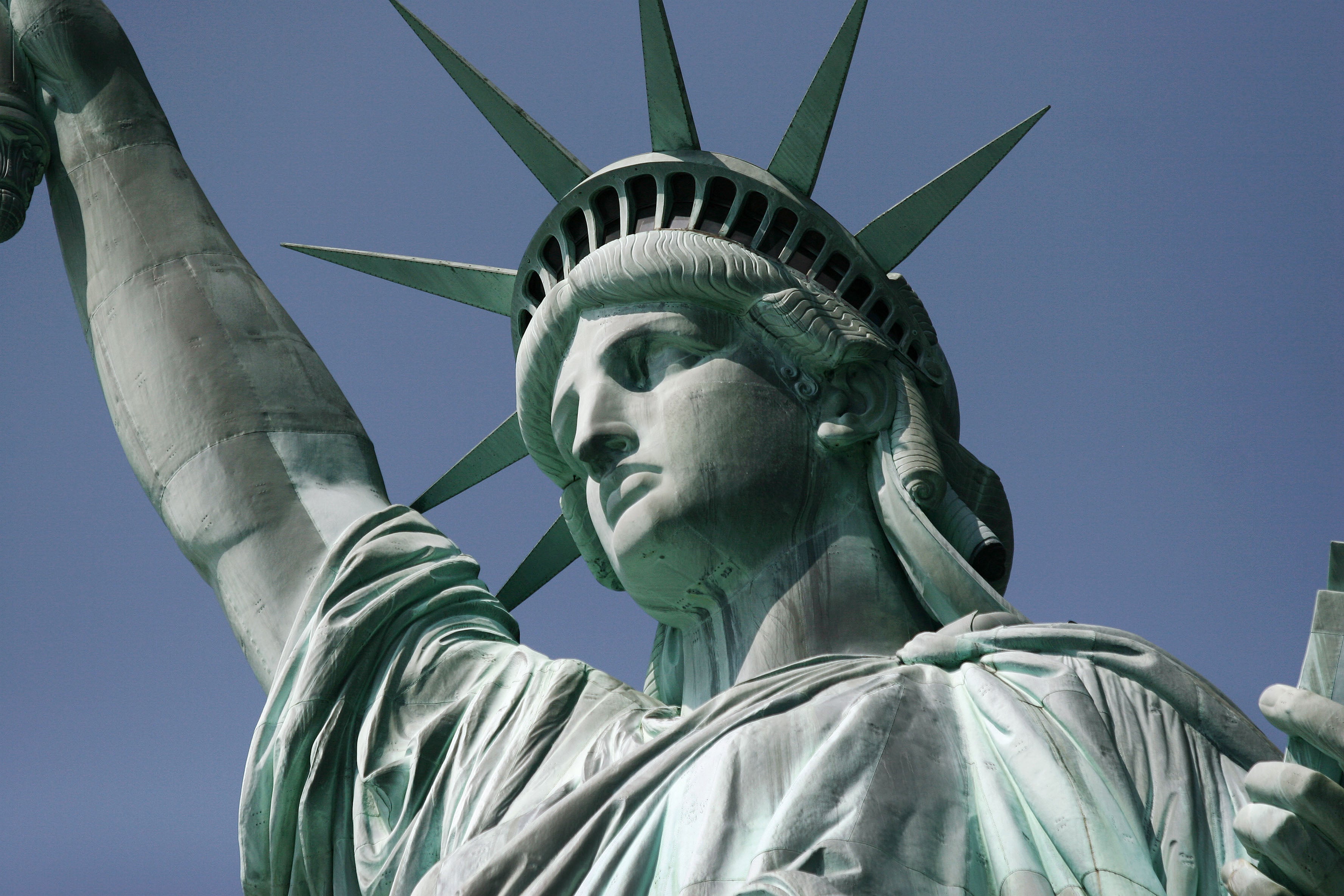France sends a second statue of liberty to US
A mini version of the world famous national symbol will sit in the garden of the French Ambassador to the US

Your support helps us to tell the story
From reproductive rights to climate change to Big Tech, The Independent is on the ground when the story is developing. Whether it's investigating the financials of Elon Musk's pro-Trump PAC or producing our latest documentary, 'The A Word', which shines a light on the American women fighting for reproductive rights, we know how important it is to parse out the facts from the messaging.
At such a critical moment in US history, we need reporters on the ground. Your donation allows us to keep sending journalists to speak to both sides of the story.
The Independent is trusted by Americans across the entire political spectrum. And unlike many other quality news outlets, we choose not to lock Americans out of our reporting and analysis with paywalls. We believe quality journalism should be available to everyone, paid for by those who can afford it.
Your support makes all the difference.The Statue of Liberty is getting a ‘little sister’ imported from France just in time for Independence Day.
The replica, which is a fraction of the size of the New York City landmark, weighing in at 992 pounds, was wished bon voyage on 6 June, the 77th anniversary of D-Day, the day that American World War II troops landed in France.
Previously, the statue stood in the gardens of the National Museum of Arts and Crafts in Paris for ten years and was sent off with a ceremony.
"The statue symbolizes freedom and the light around all the world," said the general administrator Olivier Faron at the ceremony. “We want to send a very simple message: Our friendship is very important, particularly at this moment. We have to conserve and defend our friendship.”
Just like its miniature sibling, the original statue was also a gift from the French government in 1886 aiming to strengthen Franco-American relations.
The idea came from Edouard de Laboulyate, a French historian, in 1865 to honour America’s recent peace following the Civil War to highlight the kinship the two countries had, according to a speech made by historian Andre Kaspi at the send off.
The sculptor Frederic-Auguste Bartholdi took nearly ten years to bring the Statute of Liberty to life. Eugene-Emmanuel Violiet-le Luc, the engineer was brought on board as was unable to complete it as he died four years into its development, Alexandre-Gustav Eiffel, of Eiffel Tower fame, was recruited to fill his vacancy.
The original model is currently one of New York’s best-known tourist attractions. According to data, 4.2 million people visited the national monument in 2019.
It’s expected to hit US shores on 1 July after taking the same route as the original; leaving the port of Le Havre on 19 June. Washington DC is its ultimate stop, as it’s going to make the French embassy there its new home.
Before settling down, however, it will sit between 1 to 5 July at Ellis Island, the former immigration processing hub that between 1892 and 1954 processed more than 12 million migrants to the US from places such as Russia, Germany, Ireland and many more countries.
In 1990, it was transformed into the Ellis Island Immigration Museum and serves as reminder of the people who came to America to make a better life. Ellis Island is noted for its proximity to Liberty Island, the home of the statue, and was seen as an emblem of American freedom to those who arrived in the US.
Join our commenting forum
Join thought-provoking conversations, follow other Independent readers and see their replies
Comments